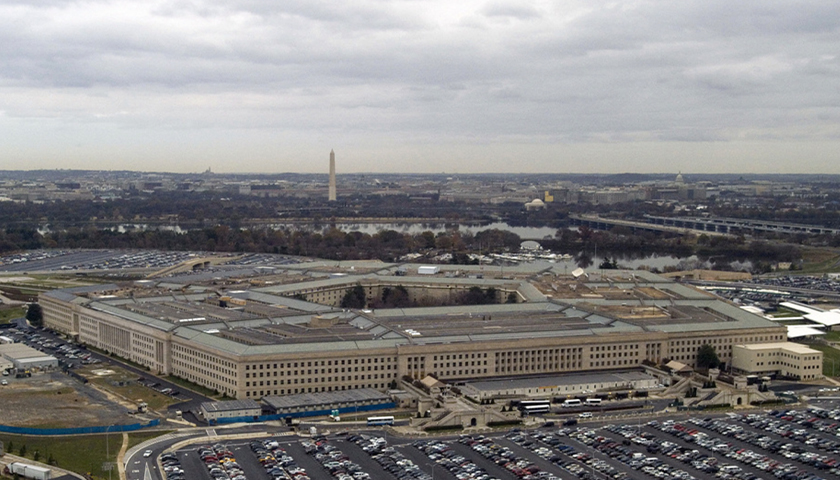by Brett Rowland
The Pentagon wants to build a bigger nuclear gravity bomb to provide the military with “more flexibility” in the nation’s nuclear stockpile.
The U.S. Department of Defense has announced plans to pursue a modern variant of the B61 nuclear gravity bomb, designated the B61-13. The move will require Congressional authorization and appropriation.
The Department of Energy’s National Nuclear Security Administration would produce the B61-13. The decision to pursue the new variant of the bomb was based on the 2022 Nuclear Posture Review.
Assistant Secretary of Defense for Space Policy John Plumb said the announcement was “reflective of a changing security environment and growing threats from potential adversaries.”
“The United States has a responsibility to continue to assess and field the capabilities we need to credibly deter and, if necessary, respond to strategic attacks, and assure our allies,” he said in a statement.
The projected cost of the B61-13 was not released.
Modern U.S. aircraft would be able to deliver the bomb. It would give the president “additional options against certain harder and large-area military targets,” according to the U.S. Department of Defense.
The B61-13 would replace some of the B61-7s in the existing nuclear stockpile and have a yield similar to the B61-7, which is higher than that of the B61-12.
The B61-13 would have the same maximum yield as the B61-7 (360 kilotons), a significant increase compared with the 50-kiloton B61-12, according to analysts Hans Kristensen and Matt Korda wrote for the Federation of American Scientists.
“Although government officials insist that the B61-13 plan is not driven by new developments in adversarial countries or a new military targeting requirement, increasing the accuracy of a high-yield bomb obviously has targeting implications,” they wrote. “Detonating the weapon closer to the target will increase the probably that the target is destroyed, and a very hard facility could hypothetically be destroyed with one B61-13 instead of two B61-12s.”
The new variant won’t add to the nuclear stockpile.
“The B61-13 represents a reasonable step to manage the challenges of a highly dynamic security environment,” Plumb said. “While it provides us with additional flexibility, production of the B61-13 will not increase the overall number of weapons in our nuclear stockpile.”
U.S. Rep. Mike Rogers, R-Ala., who is chairman of the House Armed Services Committee, and U.S. Sen. Roger Wicker, R-Miss., the ranking member of the Senate Armed Services Committee, said the variant of the B61 gravity bomb was “a modest step.”
“While we welcome the step of creating a variant of the B61, which will better allow the Air Force to reach hardened and deeply-buried targets, it is only a modest step in the right direction,” they wrote. The B61-13 is not a long-term solution, but it will provide our commanders … with more flexibility against these target sets. As the Strategic Posture Commission recently noted, China and Russia are in a full-on arms race, and the U.S. is running in place. Dramatic transformation of our deterrent posture – not incremental or piecemeal changes – is required to address this threat.”
The 2022 Nuclear Posture Review said nuclear weapons are needed.
“U.S. nuclear weapons deter aggression, assure allies and partners, and allow us to achieve Presidential objectives if deterrence fails. In a dynamic security environment, a safe, secure, and effective nuclear deterrent is foundational to broader U.S. defense strategy and the extended deterrence commitments we have made to allies and partners,” according to the report. “Security architectures in the Euro- Atlantic and Indo-Pacific regions are a critical U.S. strategic advantage over those governments that challenge the rules-based international order.”
– – –
Brett Rowland is an award-winning journalist who has worked as an editor and reporter in newsrooms in Illinois and Wisconsin. He is an investigative reporter for The Center Square.




